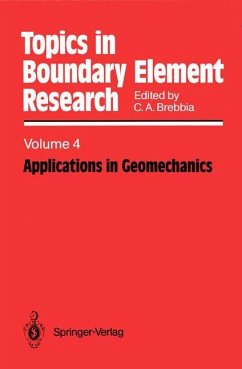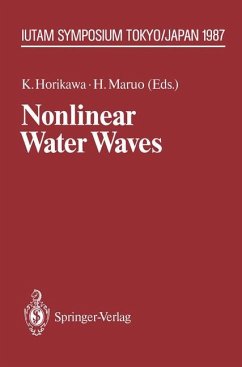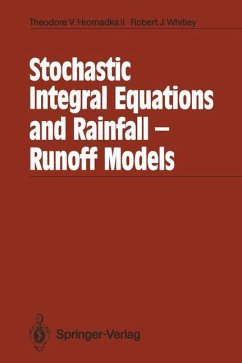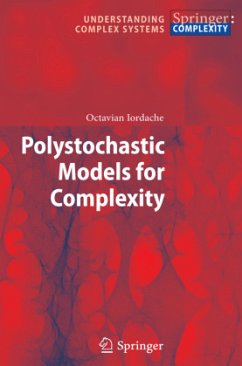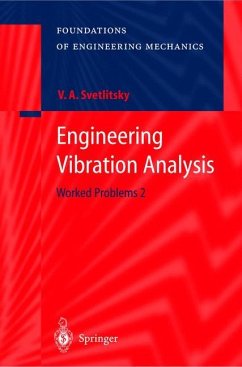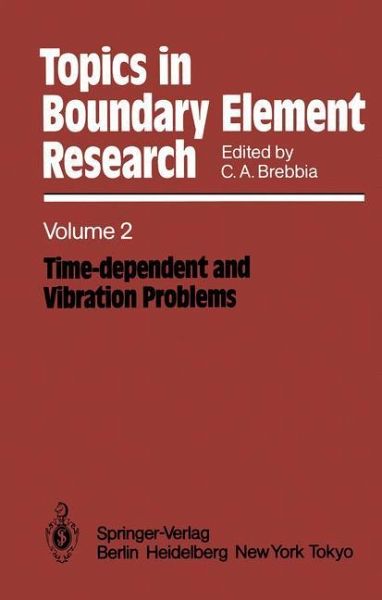
Time-dependent and Vibration Problems
Versandkostenfrei!
Versandfertig in 1-2 Wochen
77,99 €
inkl. MwSt.

PAYBACK Punkte
39 °P sammeln!
This series has been developed in response to the interest shown in boundary ele ments by scientists and engineers. Whilst Volume 1 was dedicated to basic principles and applications, this book is concerned with the state of the art in the solution of time-dependent problems. Since papers have recently been published on this im portant topic it is time to produce a work of a more permanent nature. The volume begins with a chapter on the Fundamentals of Boundary Integral Equation Methods in Elastodynamics. After reviewing the basic equations of elasto dynamics, the wave equation and dynamic rec...
This series has been developed in response to the interest shown in boundary ele ments by scientists and engineers. Whilst Volume 1 was dedicated to basic principles and applications, this book is concerned with the state of the art in the solution of time-dependent problems. Since papers have recently been published on this im portant topic it is time to produce a work of a more permanent nature. The volume begins with a chapter on the Fundamentals of Boundary Integral Equation Methods in Elastodynamics. After reviewing the basic equations of elasto dynamics, the wave equation and dynamic reciprocal theorems are stated and the direct and indirect boundary element formulations are presented. Eigenvalue problems are discussed together with the case of the Fourier transformations. Several applications illustrate the effectiveness of the technique for engineering. Chapter 2 examines some of the various boundary integral equation formulations available for elastodynamic problems. In particular the displacement-traction for mulation is compared with the displacement-potential case. The special character istics of the elastodynamics fundamental solutions are discussed in detail and a criti cal comparison with the elastostatics case is presented. While the chapter is not meant to be a complete review of the work in the field, the original presentation of the problem and the suggestions for further work make an important contribu tion to the development of the method.




